Revisit the Great Camps of the Adirondacks in the Second Edition of Harvey H. Kaiser's Pioneering Work
Get Your Copy Now!
Back in 1982, author Harvey H. Kaiser's book The Great Camps of the Adirondacks captured the attention of the public and raised concerns over the future of the Adirondack Park's great camps. While the first edition encouraged preservation, the revised and enlarged second edition expands on the content and also brings readers up to date on the positive impact historic preservation efforts have had on the great camps since the book's original publication.
Whether you're a history buff or someone who loves the Adirondacks, find out why you should get a copy of this new book.
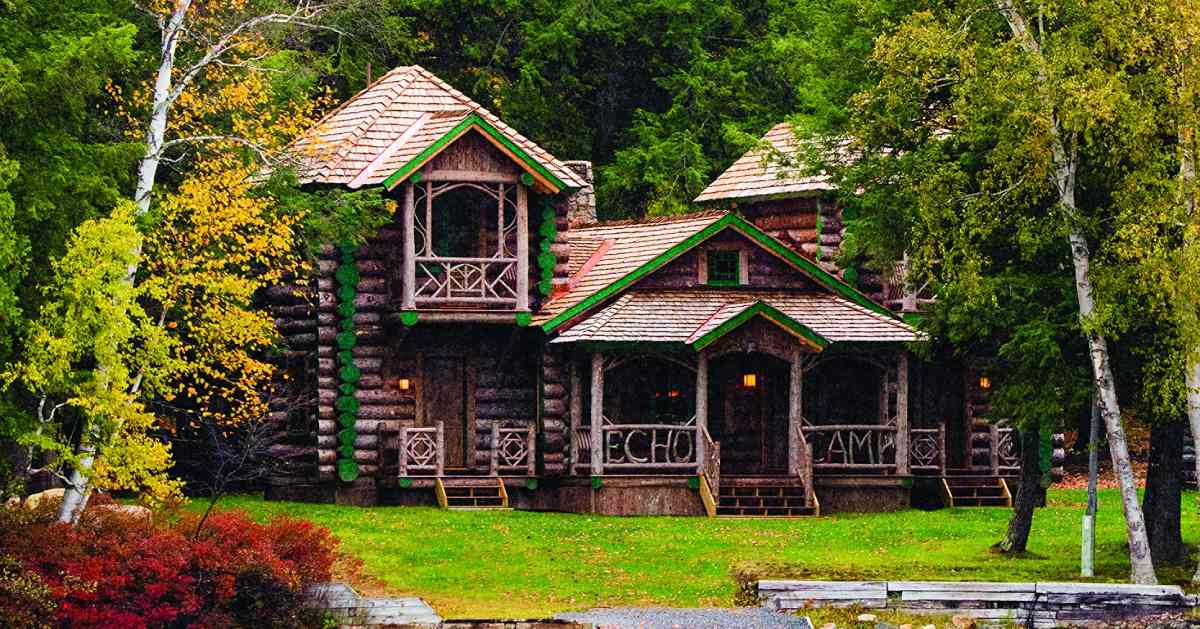
A Campaign for Preservation: How the Book Reawakened Public Interest
Kaiser researched and wrote the first edition of The Great Camps of the Adirondacks from the late 1970s until its publication in 1982. At the time, many of these great camps were in danger of falling into disrepair for a number of reasons, including semi-abandonment by owners, maintenance costs, and extreme weather conditions in the mountains.
His work shined a light on these architectural masterpieces and advocated for their preservation. By focusing on the history of Adirondack settlement, the origins of the great camps, and the development of the Adirondack Rustic Style, The Great Camps of the Adirondacks became the first and foremost guide to these properties.
The book's release caused readers to appreciate the architecture and understand the plight of the great camps, and it led to a renewed interest in stewardship (owning and maintaining the camps for future generations).
The Start of a New Journey
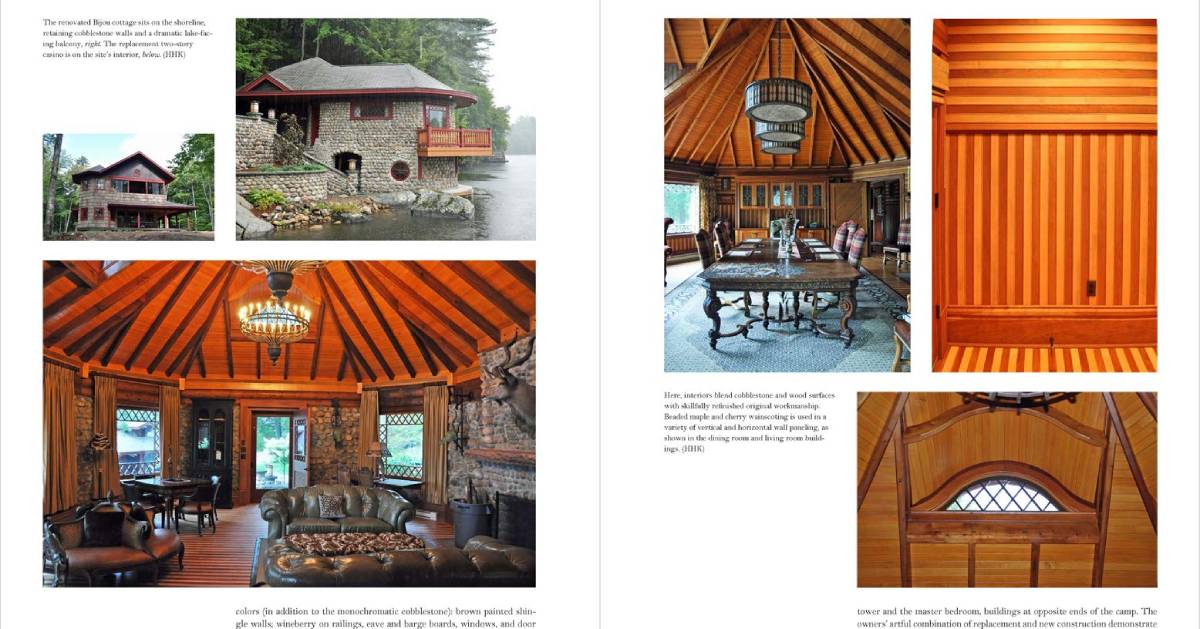
For Kaiser, writing the second edition of The Great Camps of the Adirondacks was an opportunity to renew friendships with supporters of the initial work, form new connections with camp owners and preservationists, and showcase the changes that have taken place over the last four decades.
As he notes in the Introduction to the revised book, "This new edition explores the principles of the unique Adirondack Rustic Style while looking at camps not considered in the earlier edition, both new camps recently designed and constructed in the great camp's spirit, and those camps that underwent significant changes through preservation, reconstruction, adaptive reuse, or additional buildings."
From Then to Now: Discover a Success Story in the Second Edition
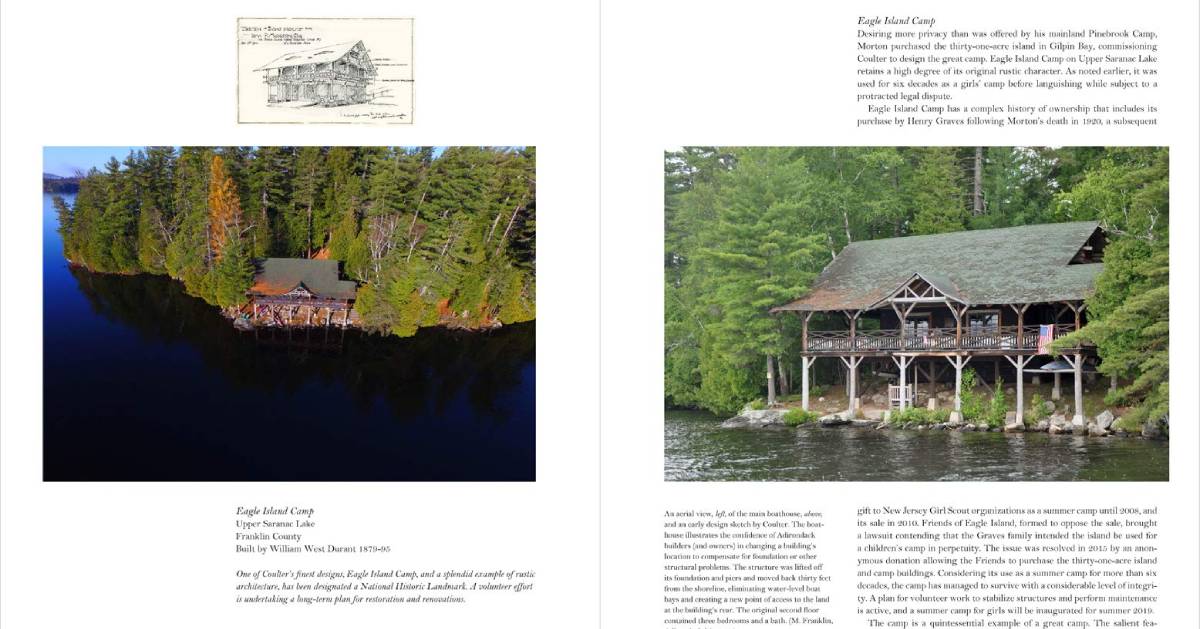
Kaiser traveled throughout the Adirondacks and spent many hours conducting research and interviewing camp owners to ensure this new edition would be as accurate as possible. He filled each chapter with detailed descriptions and a variety of architectural drawings, historic images, and beautiful photographs of the interior and exterior of these great camps. Reading it is a rare opportunity to tour some of these private properties, see how they have changed over the years, and learn what makes them unique.
In the second edition's Foreword, Steven Engelhart, Executive Director of the Adirondack Architectural Heritage, discusses the impact of the original book, and why this re-release is so special. According to Engelhart, we owe a great deal to The Great Camps of the Adirondacks because "Places that were deteriorating or threatened in the 1970s and early 1980s - great camps as significant as Sagamore, Santanoni, Topridge, and Uncas - are all now celebrated as success stories operating under nonprofit, state, or private ownership."
Explore the Return of the Adirondack Rustic Style
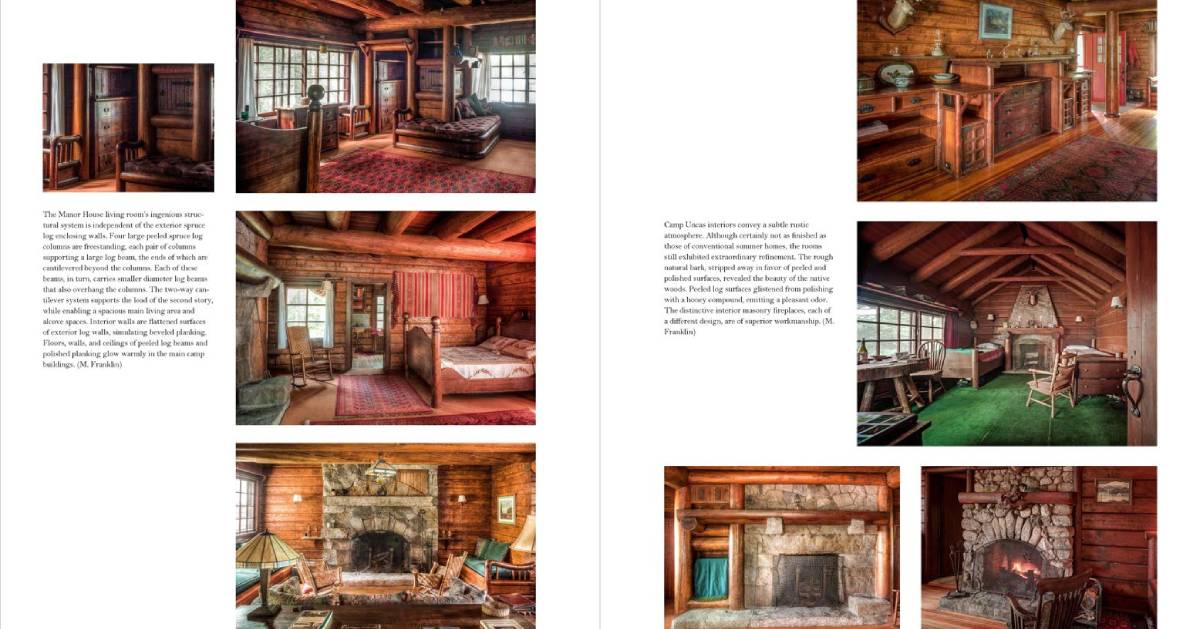
Originally constructed as seasonal retreats for wealthy Americans, the Great Camps of the Adirondacks are architectural responses to the Adirondack environment, and they feature rustic aesthetics and multi-building complexes that blend into the natural surroundings. Many of them were built in the mid-1870s to the late-1930s using what Kaiser has designated the Adirondack Rustic Style.
As stated by Engelhart, after The Great Camps of the Adirondacks was released in 1982, it inspired contemporary architects and designers "to take up the aesthetic and put their own imprint on it." This led to a rustic revival both in and outside the Adirondacks.
The book encouraged great camp owners to undertake restoration projects and construct new buildings on their property that reflect the Adirondack Rustic Style. In the second edition of The Great Camps of the Adirondacks, you can explore the influence of this style and become inspired by the designs.
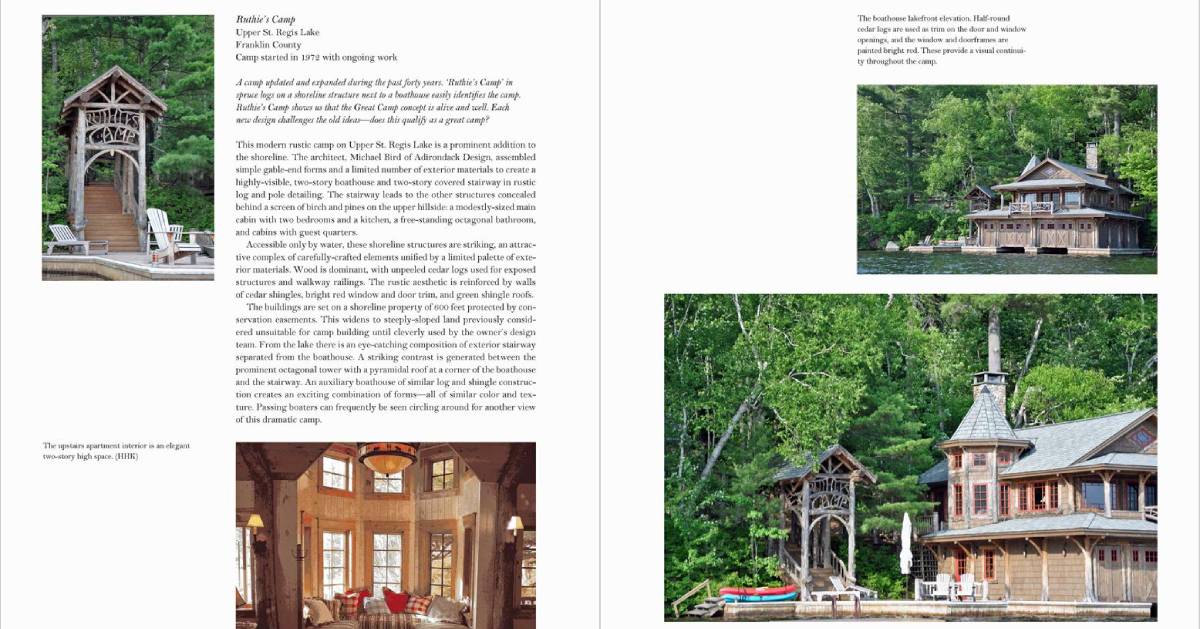
What Does the Future Hold for the Great Camps?
Engelhart's Foreword reminds readers that the first edition of the book ended with the sentence, "Unless enlightened public opinion and a creative public service invent a way to save Great Camps, it is all too clear that we shall live to see their destruction."
This conclusion was a call to action; however, when you reach the end of the second edition, you'll find a much more positive outlook from Kaiser about the future of these great camps.